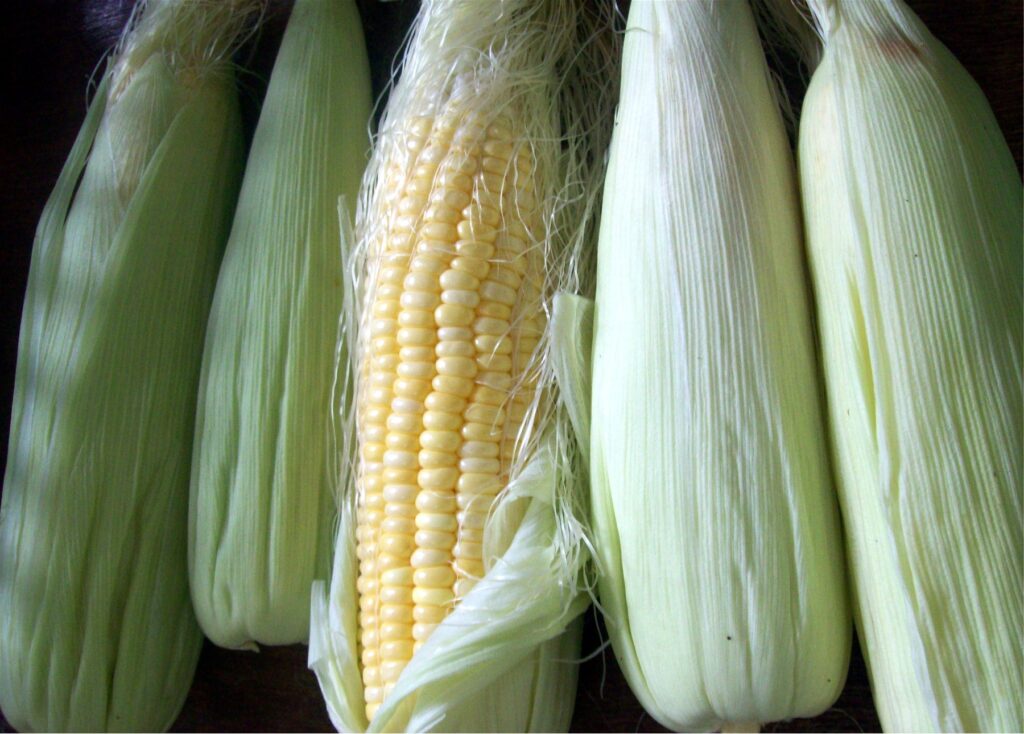Text and Photos by Henrylito D. Tacio
If in the past using medicinal plants to treat illnesses may be frowned upon by most people, such is not the case anymore. In fact, more and more Filipinos are now using herbal medicine – and it’s not a late-breaking fad.
A survey conducted by the Social Weather Station (SWS) in 1994 showed that an estimated 78% of Filipinos were availing themselves of herbal medicines to deal with a variety of common ailments and discomfort.
The case of Monching, a farmer in Managa, Bansalan, Davao del Sur is an example. He woke up one morning with his sides and back aching all over. When he bent, he couldn’t straighten up. His bladder was full because he had urinary problems, like burning upon urination.
It is best to see a doctor immediately to get rid of the pain. But since the hospital was very far from where he is living, he decided to prepare his own homemade remedy. He collected dried cornsilk from his ripening corn and boiled a fistful of it in four cups of water for 15 minutes. He allowed it to cool down before drinking the warm water at mealtimes and between meals. The pain cleared up in two days.
“For every disease, God has a plant for it,” Dr. Erna C. Arollado, director of Institute of Pharmaceutical Sciences at the University of Philippines College of Pharmacy. She is also a member of the National Research Council of the Philippines (NRCP).
Even the Holy Bible mentioned the importance of plants against diseases. In Ezekiel 47:12, God told the prophet that fruit trees that grow along the banks of the river had healing prowess, particularly the leaves.
Plants are one of the most important natural sources of novel pharmacology active compounds by the pharmaceutical industry,” the NRCP said in a statement. “Since time immemorial, the use of plant-derived products embodies a major aspect in traditional medicine and contributes to worldwide care.”
Traditional Filipino medicine has endured centuries of colonization, according to Eunice Jean Patron. “Now, modern science is able to shed a different light on these ancient and oftentimes misunderstood practices, showing us that there are always new things to learn from the old ways,” she wrote in press release disseminated by Science Communications of the University of the Philippines-Diliman College of Science (UPD-CS).
Patron reported the country has over 1,500 known medicinal plants, with at least 120 that have been validated for safety and efficacy using modern scientific standards. “However, despite the potential value of this pharmaceutical cornucopia, the country still has a long way to go before traditional medicines are openly accepted in a modern setting,” she wrote.
The reason behind this, Felipe Jocano Jr., an assistant professor at the University of the Philippines – Diliman Department of Anthropology, was quoted as saying: “There are plants that are being used historically but whose potential have been overlooked until now because of our biases, the way we favor or privilege particular forms of healing over others.”
Prof. Jocano, Jr. suggested, “We should be looking at our own indigenous knowledge, giving it the value it deserves, seeking ways to build on it to make it fit into what our present (healthcare) systems (need), while giving due respect to the practitioners and perhaps giving them also the respect and the recognition that they deserve.”
The SWS survey also found that 40% of Filipino users, mostly from rural areas, used the medicines on their own initiatives. Thirty-two of respondents, however, said they got advice from herbolarios (traditional healers). Only six percent said they learned about herbal medicines from doctors.











